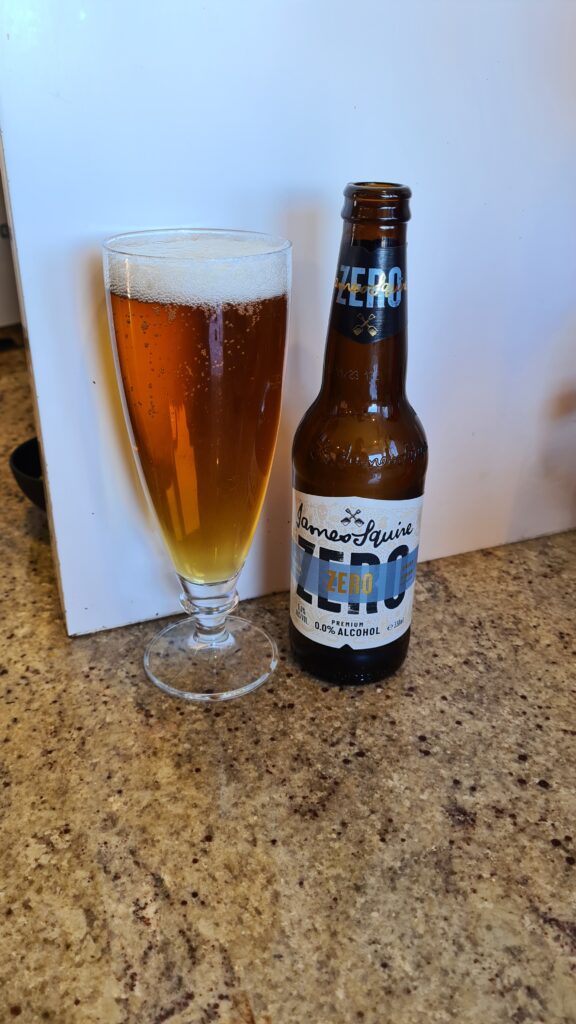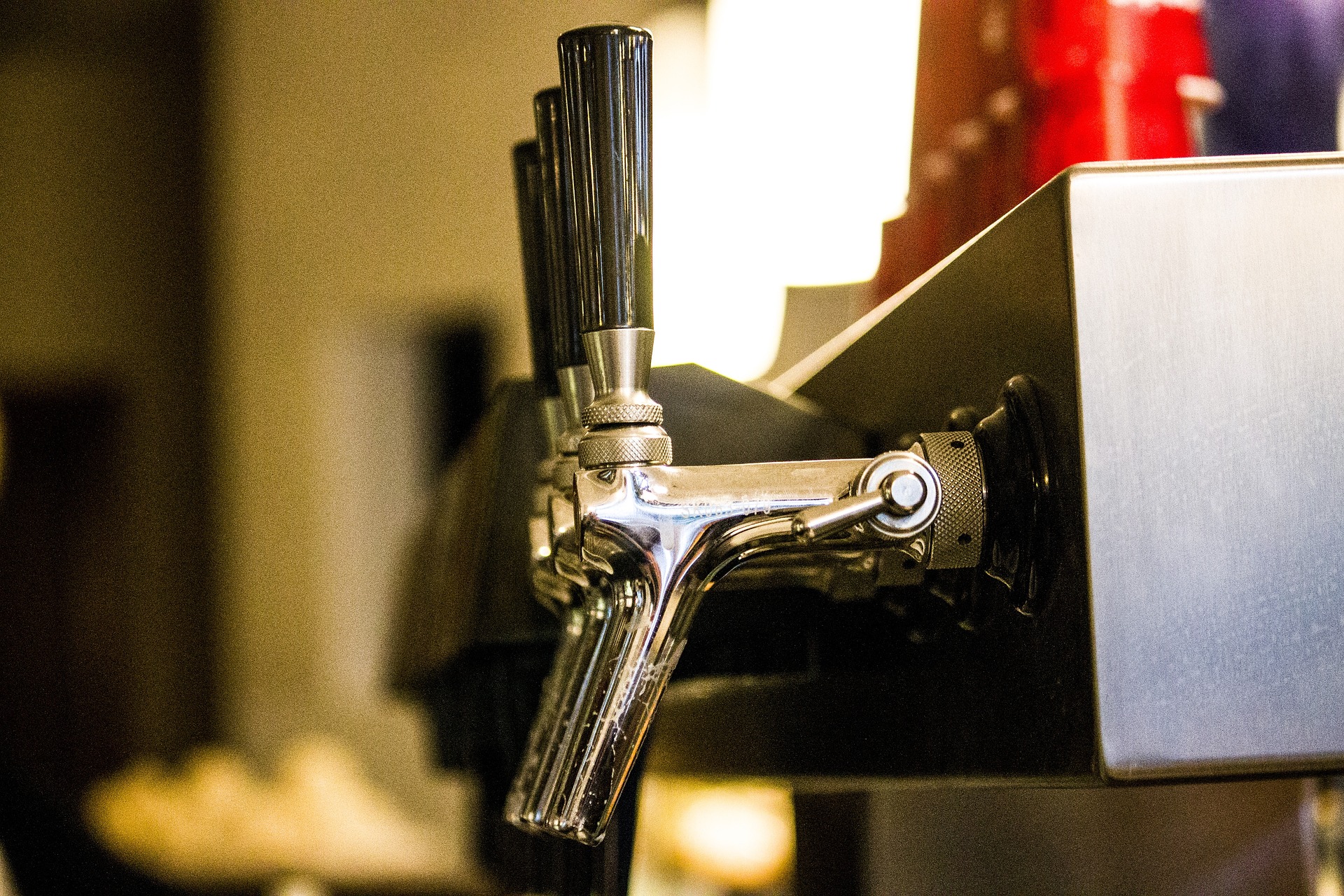If you’ve been to an alcohol retailer or supermarket in the last year or so, you may have noticed a new product is taking up more shelf space: low and no alcohol beer, wine and spirits. These drinks are more popular than ever before and seem to come in an endless variety of flavours and styles
In this article, we’re looking at the low and no alcohol beer and other beverages. We’ll explore their sudden popularity, look at how they’re made and showcase a few products (new and old).
Statistics and trends
You’re not imagining it…there are far more options at your local pub, club and supermarket for drinks that have little or no alcohol.
According to a recent analysis from IWSR, the low and no alcohol market is booming – with 7% growth in key markets in 2022 (worth over $11 Billion USD). This growth is expected to accelerate over coming years. This growth is largely driven by a “maturing” consumer (mostly millennials) who prefer low alcohol or alcohol free options. Interestingly, most people who enjoy these types of drinks don’t abstain from alcohol completely, but rather switch between full strength beverages and low/ no alcohol beverages.
Alcohol free (rather than low alcohol) options are largely driving this industry shift to lower ABV products with IWSR forecasting 9% growth in this market up to 2026. This is after 9% growth of the alcohol free market worldwide in 2022. Perhaps surprisingly, it’s the beer loving Germans who are leading the way in these low and no alcohol options.
Why are people’s habits changing?
At a recent function, I was with some of my millennial friends who I hadn’t seen for a couple of years. We were at the pub and enjoying some refreshments when I noticed that quite a few of my buddies were enjoying low and alcohol free beer. I asked a couple of them what their motivation was:
“I need to drive tonight”
Alex, Female 36 years old. Drinking Heineken Zero 0%
“I know it’s going to be a long day (at the pub) and if I drink full strength (beer) all day I’ll end up pissed by 3:00”
Sam, Male 32 years old. Drinking Stone & Wood Green Coast Lager 3.5%
Overall consumption of alcohol worldwide is increasing, driven by emerging middle classes in places like India, China and other Asian countries. It seems that when people get a little more money in their pocket, they’re inclined to drink more. Surprisingly, this doesn’t seem to be the case in the traditionally high consumption markets of the UK, US, Western Europe, Nordic countries and Australia. In these markets, alcohol consumption per capita has decreased and continues to decline.
But why are young people drinking less and opting for these lower alcohol options? The answer is complicated – it’s likely a mix of cultural and personal factors affecting how much booze the younger generation is partaking in. There is evidence that young people are more health conscious than ever before: Millennials and Gen Z typically avoid smoking cigarettes, eating excessive refined sugar and are more likely to exercise at least three times a week. It’s possible that this contributes to the lower alcohol consumption rate. I know I have been guilty of eating bad food and skipping the gym after drinking!
There is also research suggesting that in higher income countries there has been a cultural shift away from binge drinking, with it no longer being seen as “cool”. The same research flags uncertainty about the future (climate change, housing affordability, job insecurity etc.) as a driving factor for lower consumption. This feeling of uncertainty may also be leading young people to attempt to regain some control over their lives through avoiding intoxication through overconsumption.
It is important to remember that this is only part of the story – representing consumption in richer “western” countries. Some countries such as India, Vietnam and China have seen quite dramatic increases in alcohol consumption per capita.
How is no/ low alcohol beer made?
I remember picking up a popular Australian brand of alcohol free beer about 15 years ago from the supermarket and frankly, it tasted terrible. I remember it being sickly sweet and watery. Following this I abstained (from alcohol free beer) until two weeks ago when I decided to try a couple different alcohol free options (specifically James Squires Zero Lager and Heineken Zero). They tasted better than I expected but as a brewer, I wondered “How are they making beer without alcohol when a byproduct of fermentation is alcohol?
There are a few ways that breweries are creating an alcohol free (or super low ABV) product. The first is dealcoholisation. With this method, beer is brewed in the normal way before the alcohol is stripped out using one of a few different methods (steam distillation, vapour and gas stripping or reverse osmosis). This method is said to retain the flavour characteristics of regular beer.
The next method is limited fermentation which uses less sugars and sometimes very specific yeast strains to create a very low alcohol beer (usually less than 0.5% ABV rather than completely alcohol free).
There is also production of beverages that are fermentation free. In this case the drink is never fermented but rather a malt beverage that is meant to taste like beer.
My personal picks
I love a mid strength beer and am slowly coming around to zero alcohol beers. I thought I’d put a few of my own recommendations below. These may not be available in all countries.
For mid strength beer, I love the tried and true XXXX Gold. This 3.5% ABV beer is an inoffensive lager that has been around for many years in Australia. For me this beer is perfect for the Australian climate – you can hang out at the BBQ in the sun without getting too drunk!
Another mid strength that I enjoy is the Coopers Mild Ale (also 3.5%). This is a newer offering from one of Australia’s most famous brewers. It’s great if you’re looking for something a little more complex in the mid strength range.
For alcohol free, I enjoyed the James Squire Zero Lager. It’s not a bad drink but for me it tasted a little too sweet. I also enjoyed the Rheinbacher Premium Pilsner which was a little more complex but slightly watery.

Low and no alcohol beer, wine and spirits are here to stay and appear to be gaining a share of the multi-billion dollar drink industry. They can be a great option if you are trying to drink less but still want to partake in social situations involving booze.
Cheers!
Read Next: Reviewing Italy’s Supermarket Beers




